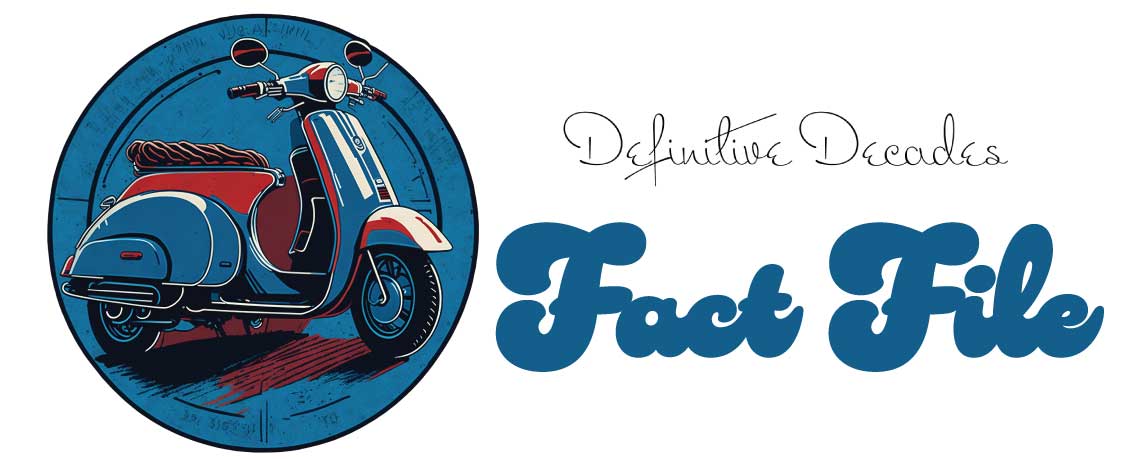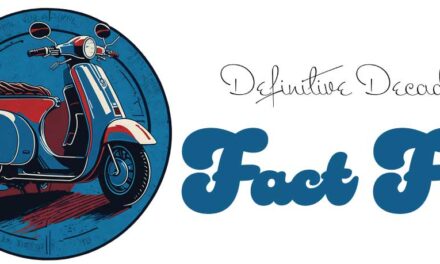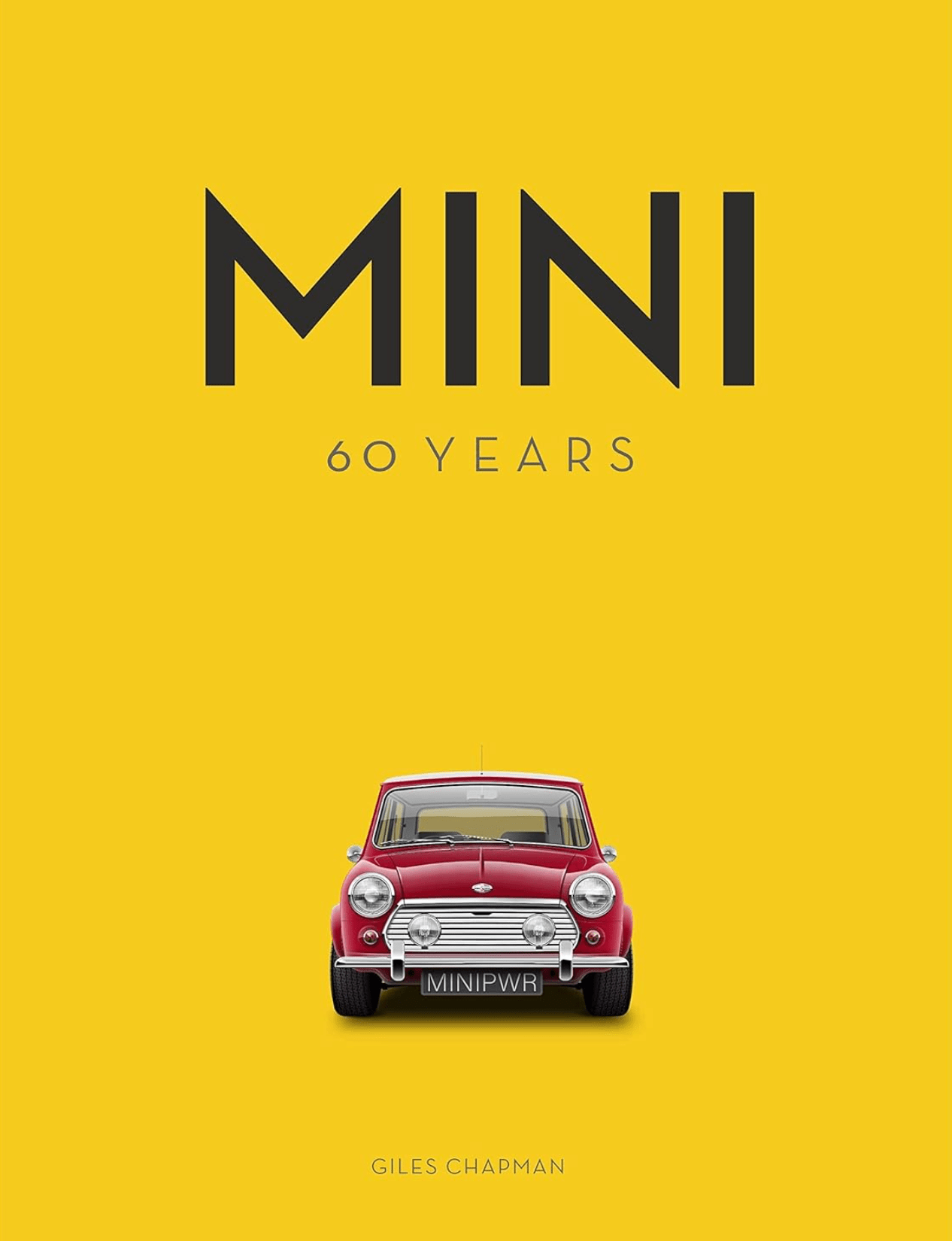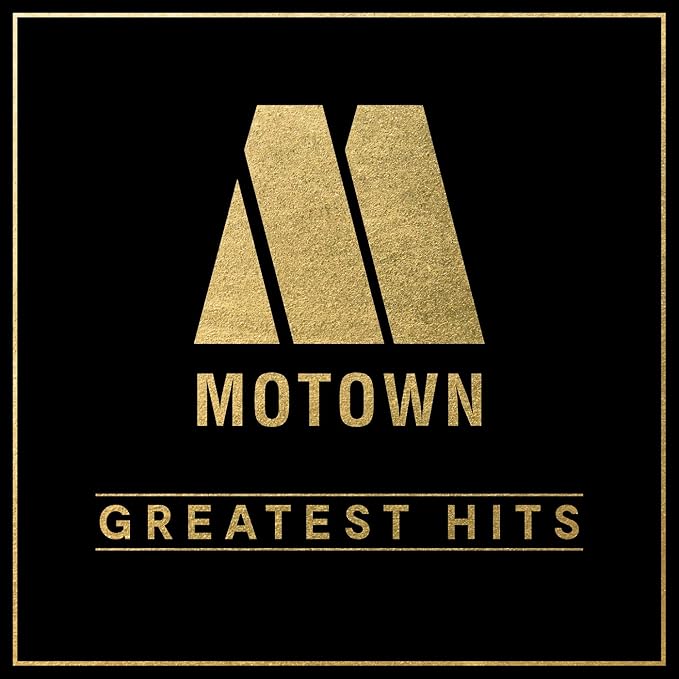Revolution: An Epic Adventure Set in a Time of Great Change
Released in 1985, “Revolution” is a historical drama film that takes audiences on a thrilling journey through the tumultuous times of the American Revolutionary War. Directed by Hugh Hudson and written by Robert Dillon, the movie offers a unique perspective on the struggle for independence from the viewpoint of a common man caught in the midst of sweeping political change. While not considered a commercial or critical success at the time of its release, “Revolution” has garnered a small but dedicated following over the years.
Hugh Hudson, renowned for his work on the critically acclaimed film “Chariots of Fire,” was chosen to helm “Revolution.” The screenplay was penned by Robert Dillon, who drew inspiration from real-life events and characters to create a fictional story that embodies the spirit of the era. The film was produced by Goldcrest Films International, a British production company known for its support of artistic and independent work.
Set in the late 18th century, amidst the backdrop of the American Revolution, “Revolution” tells the story of Tom Dobb, a farmer living in the rural Hudson Valley. Tom is an ordinary man who is forced to confront extraordinary circumstances when his son is conscripted into the British army. Driven by the struggle to protect his child and inspired by the call for freedom, Tom is thrust into the heart of the Revolution. The film explores his transformation from a passive bystander to an active participant fighting for liberty, while also delving into the personal cost and sacrifices made along the way.
The film boasts an impressive ensemble cast, with Al Pacino taking on the role of Tom Dobb. Pacino delivers a compelling performance, capturing the inner turmoil and resilience of his character. Nastassja Kinski portrays Daisy McConnahay, a young woman from a wealthy British family who is sympathetic to the revolutionaries’ cause, while Donald Sutherland appears as Sergeant Major Peasy, a villainous British officer who becomes a major thorn in Tom’s side.
“Revolution” faced a challenging reception upon its release. Critics panned the film for its uneven pacing and lack of focus, suggesting that it failed to fully explore the complexity and significance of the American Revolution. Audiences, too, were left disappointed by the film’s meandering narrative and lack of coherent storytelling. Despite this, “Revolution” has gained a cult following over time, with some appreciating the film’s attempts to capture the human cost and historical significance of the Revolution.
While it did not achieve commercial success upon release, “Revolution” did receive nominations for two Academy Awards. The film’s impressive production design and cinematography were recognized by the Academy, showcasing the meticulous attention to detail and stunning visuals captured on screen. Additionally, the film’s score, composed by John Corigliano, received critical acclaim for its evocative and powerful themes.
Following its release, “Revolution” quietly disappeared from the public eye, with no sequels, prequels, or related media ever produced. However, the film’s depiction of the Revolution has left a lasting impact on popular culture, with its portrayal of the struggle for independence continuing to be referenced and analyzed in historical discussions and academic circles.
In conclusion, “Revolution” is a film that aimed to capture the spirit of the American Revolution through a personal narrative. While it did not achieve commercial success or critical acclaim upon its release, the film continues to be appreciated by a niche audience for its attempts to shed light on the human stories and sacrifices behind the grand historical events. Although largely forgotten in the annals of cinema, “Revolution” serves as a worthy if flawed exploration of a critical period in American history.












